Electric vs. Pneumatic vs. Servo-driven Pad Printer | TEFISEN
In the modern industrial printing sector, pad printing technology plays a pivotal role in surface printing across various product categories due to its unique advantages. Among the common pad printing equipment, electric, pneumatic, and Servo-driven pad printing machines each boast distinct characteristics and suitable application scenarios. Here, TEFISEN delves into the differences, advantages, disadvantages, and application ranges of these three types.
I. Working Principles and Power Sources
|
Category |
Working Principle |
Power Source |
Image |
|
Electric Pad Printer |
Drives the movement of various components through an electric motor to achieve the pad printing process. The control system is usually precise, allowing for accurate adjustment of parameters such as speed and position. |
Powered by electricity, typically connected to mains electricity for operation. |
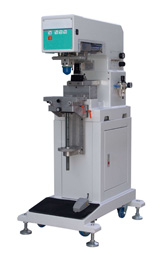
|
|
Pneumatic Pad Printer |
Uses compressed air as the power source, controlling the various movements of the pad printer through pneumatic components such as cylinders and valves. |
Requires connection to an air compressor to provide stable compressed air. |
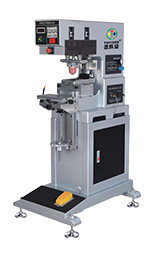
|
|
Servo-driven Pad Printer |
Employs a servo motor as the driving element, combined with an advanced control system, enabling high-precision, high-speed motion control. |
Also relies on electricity, but the servo motor offers superior performance, providing more precise power output. |
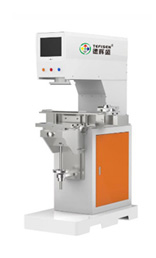
|
II. Precision and Stability
Electric Pad Printer
o Precision:Typically achieves a printing accuracy of ±0.05mm, suitable for products requiring high printing precision, such as electronic product identification printing.
o Stability:Precise motor control and immunity to factors like air pressure fluctuations ensure good stability, maintaining consistent printing quality even during extended operation.
o Example:Ensures clear and accurate patterns and text on mobile phone buttons.
Pneumatic Pad Printer
o Precision: Generally achieves a printing accuracy of around ±0.1mm, suitable for products with less stringent precision requirements, like toys and plastic products.
o Stability: May experience fluctuations due to air pressure stability and hose sealing issues. Regular inspections and maintenance are necessary to ensure printing quality.
o Example:Quickly prints simple patterns on plastic toys, but may have slight color variations or positional deviations.
Servo-driven Pad Printer
o Precision: Capable of reaching ±0.02mm or even higher precision, the highest among the three. Ideal for products requiring extreme printing precision, like medical devices and precision instruments.
o Stability: Servo-driven motors' high-precision control and feedback systems ensure exceptional stability, maintaining high-precision printing even in complex environments.
o Example:Ensures precise positioning and clarity of each character on medical device casings like pacemakers.
III. Speed and Efficiency
Electric Pad Printer
o Speed:Typically prints 1000-1500 times per minute, meeting the needs of medium-scale production.
o Efficiency:Quickly adapts to different production tasks with convenient pattern changes and parameter adjustments, enhancing productivity.
o Example:Efficiently handles bulk printing of small electronic components.
Pneumatic Pad Printer
o Speed: Prints approximately 800-1200 times per minute, relatively slower.
o Efficiency:Its simple structure and low maintenance costs make it advantageous for large-scale production of simple products.
o Example:Cost-effectively prints logos on disposable cutlery.
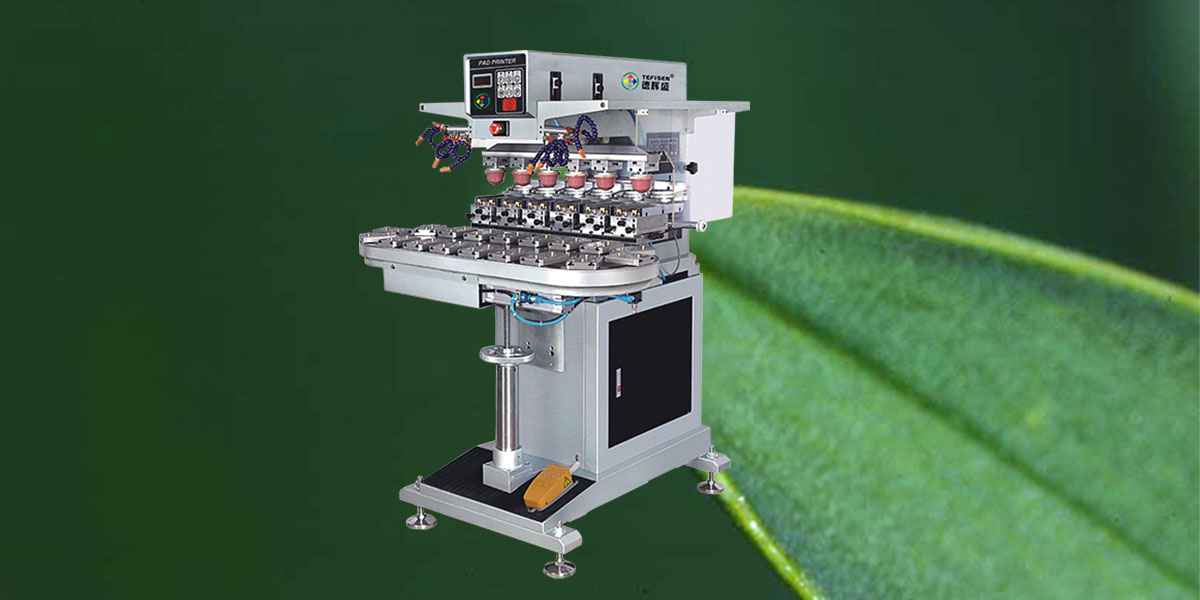
Servo-driven Pad Printer
o Speed: Capable of exceeding 2000 prints per minute, the fastest among the three.
o Efficiency:Enables high-speed, high-precision continuous printing, significantly boosting productivity. However, equipment costs are relatively high, suitable for large-scale production of high-end products.
o Example:Rapidly and accurately prints various logos and patterns on automotive components on the production line.
IV. Cost and Maintenance
1.Electric Pad Printer
o Cost:Relatively expensive, ranging from tens of thousands to hundreds of thousands of yuan. However, low energy consumption makes long-term usage economically viable.
o Maintenance:Moderate maintenance costs involve motor maintenance and control system updates. Regular maintenance extends equipment lifespan.
o Example:An intermediate-grade electric pad printing machine may cost around 80,000 yuan, with annual maintenance expenses of approximately 5,000 yuan.
2. Pneumatic Pad Printer
o Cost:The equipment price is relatively low, generally ranging from a few thousand to tens of thousands of yuan. However, due to the need for auxiliary equipment such as air compressors, the overall investment may increase.
o Maintenance:Maintenance costs are low, mainly involving the replacement and maintenance of pneumatic components. However, pneumatic components are prone to wear and tear, potentially leading to higher replacement frequencies.
o Example:The price of a basic pneumatic pad printing machine may be around 5,000 yuan, but with the addition of air compressors, air pipes, and other supporting equipment, the total investment may reach approximately 10,000 yuan. Annual maintenance costs are approximately 2,000 yuan.
3. Servo-driven Pad Printer
o Cost:The equipment price is expensive, typically ranging from hundreds of thousands to several million yuan. However, due to its high efficiency and precision, it still offers good value for money in the production of high-value-added products.
o Maintenance:Maintenance costs are higher, requiring professional technicians for maintenance and servicing. Additionally, the replacement costs of critical components such as Servo-driven motors are also high.
o Example:Ahigh-end Servo-driven pad printing machine may cost over 300,000 yuan, with annual maintenance costs exceeding 10,000 yuan.
V. Application Range
1. Electric Pad Printer
o Application Fields:Widely used in electronics, electrical appliances, communications, instrumentation, and other industries. For instance, printing on mobile phone cases, circuit boards, and electronic components.
o Suitable Products:Ideal for products requiring high printing precision and quality, with moderate production scales.
o Example:Printing letters and symbols on computer keyboard keycaps, where an electric pad printing machine ensures clear printing and positional accuracy.
2. Pneumatic Pad Printer
o Application Fields:Commonly used in the toy, stationery, plastic products, and daily necessities industries. Examples include surface printing on plastic toys, stationery items, and cups.
o Suitable Products:Suitable for products with less stringent printing precision requirements, large production scales, and strict cost control.
o Example:Printing logos and patterns on plastic basins, where a pneumatic pad printing machine quickly completes the task at a lower cost.
3. Servo-driven Pad Printer
o Application Fields:Primarily used in industries with extremely high demands for printing quality and precision, such as medical, automotive, aerospace, and precision instruments. Examples include printing on medical devices, automotive parts, and aviation instruments.
o Suitable Products:Ideal for high-end, high-value-added products, as well as large-scale production requiring strict efficiency and printing quality standards.
o Example:Printing serial numbers and markings on aircraft engine blades, where a Servo-driven pad printing machine ensures high printing precision and consistency.
In conclusion,electric, pneumatic, and Servo-driven pad printers each have their unique advantages and disadvantages in terms of working principles, precision, speed, cost, and application range. In practical applications, users should select the appropriate pad printing equipment based on their production needs, product characteristics, and budget. For example, those requiring high printing precision should opt for Servo-driven pad printing machines to achieve optimal printing results and economic benefits.
